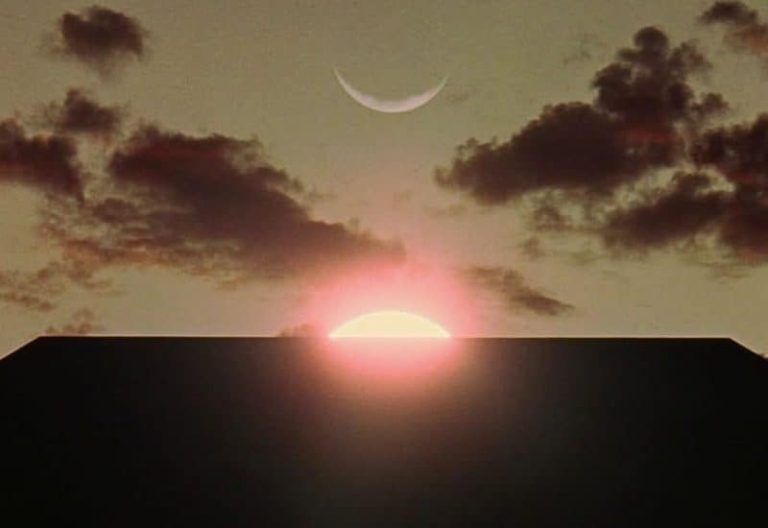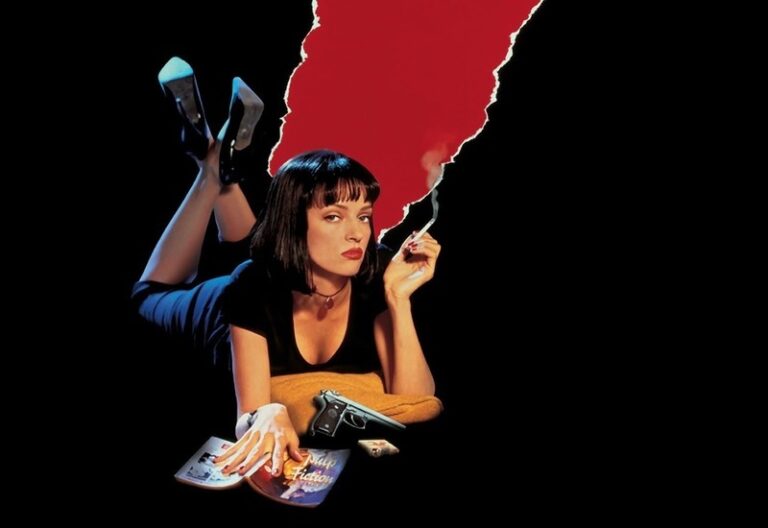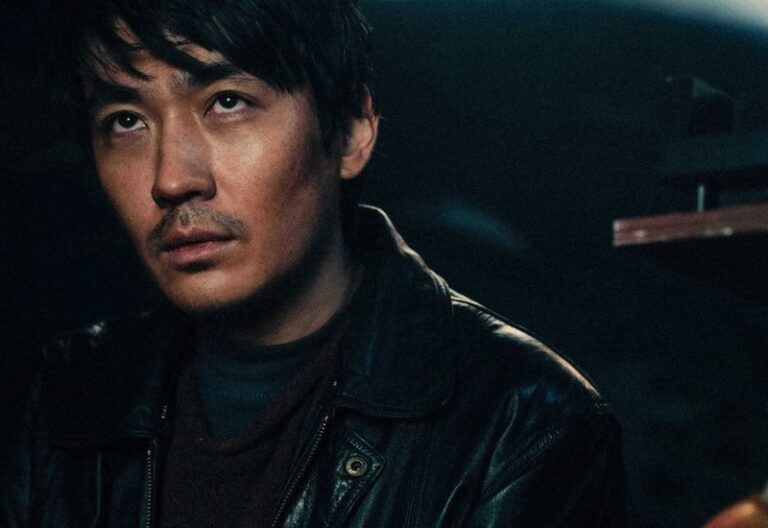what is neo noir film?
Neo noir is a contemporary style that draws from the classic film noir genre from the 1940s and 1950s. Classic film noir became known post-World War II, characterized by its dark, pessimistic themes, complex narratives, and morally ambiguous characters, while neo noir in the late 1960s and 1970s, reflecting changes in society, technology, and cinematic styles. The term “neo-noir” means “new noir,” referring to its revival and evolution.
Published by: CinemaWaves Team | Filed Under: Film Blog
Origins of
Neo Noir Film
The origins of neo noir are intertwined with the history of classic film noir, and rooted in various cultural, social, and cinematic developments. Understanding it involves tracing the evolution of its predecessor and the broader changes in the industry.
Classic Film Noir: Appeared in the early 1940s and influenced by the German Expressionist movement’s stark use of light and shadow and themes of psychological torment. Filmmakers who fled Europe during the rise of Nazism brought these techniques to Hollywood, combining them with American crime fiction and the hard-boiled detective novels that were famous the the time. Another precursor to film noir was Poetic Realism, a film movement from the 1930s that portrayed doomed, powerless, characters in urban settings.
Post-World War II America’s social and cultural climate, marked by psychological scars, economic upheaval, urbanization, and Cold War paranoia, further shaped film noir’s development. Films like “The Maltese Falcon” (1941), “Double Indemnity” (1944), and “The Big Sleep” (1946) epitomized this era with their morally ambiguous characters, complex narratives, and cynicism.
Transition to Neo Noir: By the late 1950s, classic film noir began to wane, but its influence persisted. The societal changes of the 1960s, including the civil rights movement, counterculture, and widespread political unrest, demanded new cinematic expressions. Filmmakers looked to reflect modern life’s complexities and uncertainties, making neo noir an ideal medium to explore these themes. Technological advancements, such as the advent of color film technology, allowed filmmakers to enhance the visual style of noir with neon lights, saturated hues, and stark contrasts.
Cultural shifts and influences: The 1960s and 1970s were periods of significant cultural and social upheaval, influencing filmmakers to adopt a more critical and introspective approach. Neo noir films began to reflect the disillusionment and moral ambiguity of the era. The New Hollywood era of the late 1960s and early 1970s saw young, innovative directors like Martin Scorsese, Francis Ford Coppola, and Roman Polanski challenge the studio system, infusing their films with contemporary sensibilities and stylistic experimentation, further shaping and creating the neo noir genre that we know today.

Characteristics of
Neo Noir Film
Visual style: Neo noir films maintain the high-contrast lighting and use of shadows that are hallmarks of classic noir, often incorporating color to create a visually striking, moody aesthetic. The use of neon lights, reflections, and rain-soaked streets adds to the atmospheric tension. Innovative camera angles and techniques are frequently employed.
Themes: Like their classic counterparts, neo noir films explore dark, existential themes such as moral ambiguity, crime, corruption, and the darker aspects of human nature. They portray a world where the line between right and wrong is blurred, while characters are driven by personal demons and ethical dilemmas.
Characters: Neo noir features a range of morally complex and flawed characters. Protagonists are usually anti-heroes or individuals with questionable morals, struggling against their inner conflicts and external adversaries. Femme fatales, a staple of classic noir, reappear in neo noir, though they are more complex and multi-dimensional.
Narrative techniques: Films employ complex, non-linear storytelling, using flashbacks, fragmented narratives, and unreliable narrators to keep the audience engaged and off-balance. Voice-over narration is also a common technique, providing insight into the protagonist’s thoughts and adding layers to the narrative.
Setting: The urban environment remains a crucial element in neo noir, taking place in decaying or corrupt cities, reflecting the moral and social decay. The setting acts as a character in its own right, contributing to the film’s atmosphere and themes.

Important Films of Neo Noir
Several films and directors have defined and shaped the neo noir genre. Some key works and influential filmmakers from the past five decades include:
“Chinatown” (1974) – Roman Polanski: Regarded as one of the finest examples of neo noir. The film, set in 1930s Los Angeles, follows private investigator J.J. Gittes as he uncovers a web of corruption, deceit, and tragedy. Polanski’s direction, along with Robert Towne’s intricate screenplay and Jack Nicholson’s iconic performance, creates a complex and haunting narrative that embodies the essence of neo noir.
“Blade Runner” (1982) – Ridley Scott: This sci-fi neo noir blends futuristic elements with classic noir themes and aesthetics. Set in a dystopian future, it explores issues of identity, humanity, and morality through the story of Rick Deckard, a “blade runner” tasked with hunting down rogue androids known as replicants. The film’s striking visual style, atmospheric score by Vangelis, and philosophical undertones have made it a landmark in both science fiction and neo noir genres.
“L.A. Confidential” (1997) – Curtis Hanson: The film intertwines multiple plotlines and characters to expose corruption within the LAPD during the 1950s. The film’s intricate narrative, strong performances, and meticulous attention to period detail make it a standout example of neo noir storytelling.
“Memento” (2000) – Christopher Nolan: Known for its innovative narrative structure, “Memento” tells the story of Leonard Shelby, a man with short-term memory loss who is trying to solve his wife’s murder. The film’s reverse chronological order and fragmented storytelling immerse viewers in Leonard’s disoriented perspective, highlighting the themes of memory and identity.
“Drive” (2011) – Nicolas Winding Refn: The film combines stylish visuals with existential themes, following a mysterious and stoic driver who becomes entangled in a violent criminal underworld. The film’s minimalist dialogue, atmospheric soundtrack, and striking cinematography create a haunting and memorable experience.
Refer to the main page for more educational insights on filmmaking and cinema history.
Film noir emerged in the early 1940s as a distinctive style within American cinema, marked by its dark, moody aesthetics and cynical narratives. The term “film noir” meaning…
In the late 1960s and throughout the 1970s, until mid 1980s, a cinematic revolution unfolded in Hollywood that would forever change the landscape of the film industry. American New…
German Expressionism stands out as one of the most distinctive styles in the era of silent film. Expressionism, as an artistic movement, originally emerged in poetry…
Postmodernist film emerged in the latter half of the 20th century, rooted in the broader cultural and philosophical movement of postmodernism. It started as a reaction…
Arthouse film refers to a category of cinema known for its artistic and experimental nature, usually produced outside the major film studio system. These films prioritize artistic…
1990s, Banpo Town, rural China. A woman’s body is found by the river. Ma Zhe, Chief of the Criminal Police, heads up the murder investigation that leads to an obvious arrest…






